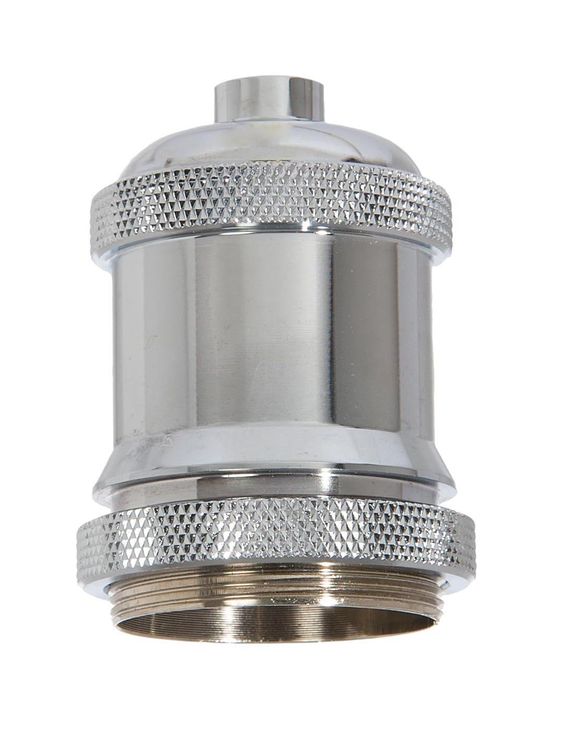Aluminum Die Casting: Shaping the Future of Manufacturing

Aluminum die casting stands as a pillar of modern manufacturing, offering a versatile and cost-effective solution for producing complex metal parts. Let’s explore the ins and outs of aluminum die casting, its advantages, applications, process, materials, quality control, challenges, and the future it shapes.
Table of Contents
ToggleUnderstanding Aluminum Die Casting
Aluminum die casting is a metal casting process that involves injecting molten aluminum into a steel mold, or die, under high pressure. The aluminum solidifies quickly, taking the shape of the mold cavity, and is then ejected to produce the desired part. This process enables the rapid production of intricate and lightweight components with excellent dimensional accuracy and surface finish.
Advantages of Aluminum Die Casting
Aluminum die casting offers several advantages aluminum die casting over other manufacturing processes. Firstly, it allows for the production of complex shapes with thin walls and intricate details, reducing the need for secondary machining operations. Secondly, aluminum is lightweight yet durable, making die-cast parts ideal for applications requiring strength and structural integrity without adding excess weight. Additionally, aluminum die casting is cost-effective for both prototyping and high-volume production, thanks to its fast cycle times and minimal material waste.
Applications of Aluminum Die Casting
Aluminum die casting finds applications across various industries, including automotive, aerospace, electronics, and consumer goods. In the automotive sector, die-cast aluminum components are used in engine blocks, transmission housings, and structural components to improve fuel efficiency and performance. In the electronics industry, aluminum die casting is employed to manufacture heat sinks, enclosures, and electronic housings for efficient thermal management and electromagnetic shielding.
Aluminum Die Casting Process
The aluminum die casting process comprises several steps, including mold preparation, melting and injecting aluminum into the mold cavity, cooling and solidification, and ejection of the finished part. Advanced technology and automation have streamlined this process, enabling manufacturers to achieve high production volumes with consistent quality and precision.
Types of Aluminum Die Casting
There are two primary types of aluminum die casting: hot chamber and cold chamber. Hot chamber die casting is suitable for alloys with low melting points, such as zinc and magnesium, where the molten metal is contained in a furnace connected directly to the die casting machine. In contrast, cold chamber die casting is used for high-melting-point alloys like aluminum, where the molten metal is ladled into the machine from an external furnace.
Materials Used in Aluminum Die Casting
Aluminum die casting alloys are carefully selected based on factors such as mechanical properties, corrosion resistance, and thermal conductivity. Commonly used alloys include ADC12, A380, and A383, each offering a unique balance of strength, ductility, and machinability to suit specific application requirements.
Quality Control in Aluminum Die Casting
Quality control is paramount in aluminum die casting to ensure that parts meet stringent dimensional and metallurgical specifications. Advanced inspection techniques, such as X-ray imaging, coordinate measuring machines (CMM), and visual inspection, are employed to detect defects and deviations from design tolerances. Additionally, process monitoring and statistical analysis help identify trends and optimize production parameters for consistent quality.
Challenges in Aluminum Die Casting
While aluminum die casting offers numerous benefits, it also presents challenges such as porosity, shrinkage, and thermal distortion. These issues can affect the structural integrity and surface finish of die-cast parts, requiring careful design optimization and process control to mitigate.
Conclusion
In conclusion, aluminum die casting plays a vital role in modern manufacturing, offering a cost-effective and efficient solution for producing high-quality metal parts. With its versatility, lightweight properties, and exceptional mechanical characteristics, aluminum die casting continues to drive innovation and shape the future of various industries.
FAQs
- What are the main advantages of aluminum die casting? Aluminum die casting offers advantages such as complex shape production, lightweight yet durable parts, and cost-effectiveness for both prototyping and high-volume production.
- What industries commonly use aluminum die casting? Industries such as automotive, aerospace, electronics, and consumer goods commonly utilize aluminum die casting for manufacturing components ranging from engine parts to electronic housings.
- What types of alloys are used in aluminum die casting? Common alloys used in aluminum die casting include ADC12, A380, and A383, each offering specific mechanical properties and performance characteristics.
- How is quality control ensured in aluminum die casting? Quality control in aluminum die casting involves advanced inspection techniques, process monitoring, and statistical analysis to detect defects and deviations from design specifications.
- What are some challenges associated with aluminum die casting? Challenges in aluminum die casting include porosity, shrinkage, and thermal distortion, which can affect part quality and require careful design optimization and process control to mitigate.
- What is the future outlook for aluminum die casting? The future of aluminum die casting looks promising, with ongoing advancements in technology, materials, and process optimization driving further improvements in efficiency, quality, and sustainability.
Share this post:
Aluminum die casting stands as a pillar of modern manufacturing, offering a versatile and cost-effective solution for producing complex metal parts. Let’s explore the ins and outs of aluminum die casting, its advantages, applications, process, materials, quality control, challenges, and the future it shapes. Understanding Aluminum Die Casting Aluminum die casting is a metal casting…
Recent Posts
- The Web Edge Guiding System: A Comprehensive Guide to Advanced Alignment Technology
- A Deep Dive into Blue Top HGH Reviews: What You Need to Know
- The Wuthering Wave Online: Navigating the Virtual Realm of Dynamic Interaction
- Double Aspheric Lenses: The Pinnacle of Modern Optical Design
- How to Download TikTok Videos in Seconds: A Step-by-Step Guide